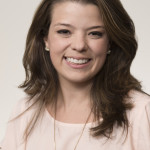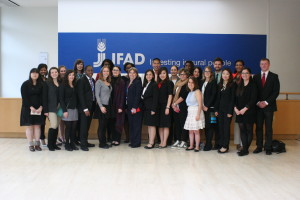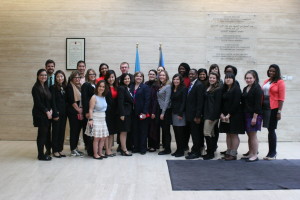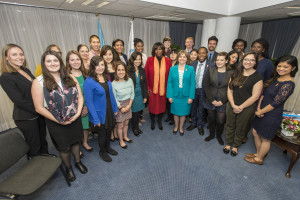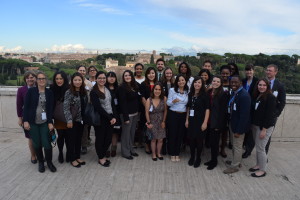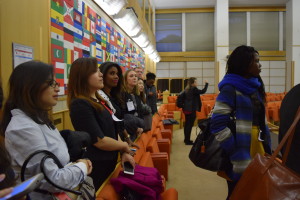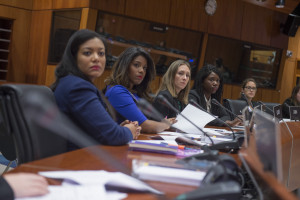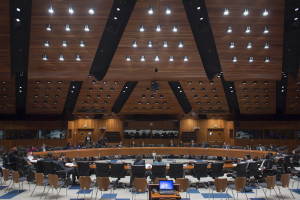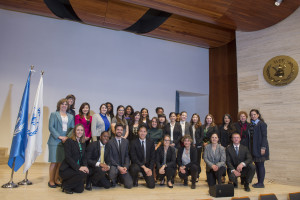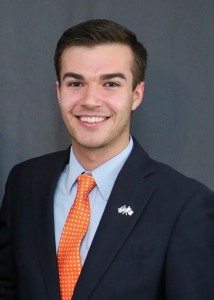Written by guest contributor, Ethan Flack, MA-IR Student at the Maxwell School. Ethan can be reached at eaflack@syr.edu
With admissions season in full swing, schools from around the country are in the process of admitting applicants to their different graduate programs. Some prospective students will experience joy upon gaining entry to their dream school, while others will feel an utter sense of disappointment after learning that their academic and professional profile was deemed inadequate by individuals who they’d never even met.
During this emotional time, prospective students must decide where to spend the next year(s) of their life. Each individual will evaluate financial aid packages and program structure, course offerings and faculty members’ reputations. The winning calculus that convinces someone to study at a certain school is unique for every person.
Too often, though, a premium is placed on a program’s arbitrary ranking. Rather than seeking to understand if a school fits the individual, prospective students trust the conclusions made by industry professionals whose ranking methodology is frequently criticized. As an outsider looking in, its hard to understand that all schools, even those that are highly ranked, have their own cultures and problems.
One must look beyond the glossy pamphlets and sleek websites that market a school and its program to identify the fundamental mission each institution attempts to accomplish. Recognizing this mission is often the first step in understanding if a school offers the student a good fit.
A school’s mission and values frame the entirety of the education that it provides. If the school stresses public service, this ideal will play a prominent role in each course the student takes. It will course through the faculty members that mentor and guide their pupils. For these reasons, a school’s mission will also impact the culture that it engenders. Certain missions attract certain kinds of people. Individuals that align with and believe in the mission of a school will easily assimilate into the student body. Those that possess other values, however, may have a more difficult time finding individuals who share their views. While uncomfortable situations and experiences offer some learning benefits, constant discomfort will likely do a student more harm than good.
How, though, do you understand the true mission of a school? The easiest way is to ask a diverse set of current students a variety of questions. If prompted, these students will likely give an honest evaluation of their program, highlighting both its positive and negative aspects. Through these interactions, it will become clear if the program and its culture will fit your personality, interests, and goals.
As decision deadlines approach, don’t rely on rankings and hearsay to determine the program you will attend. Instead, do the extra work to gain an understanding of the school and place where you will spend your time and hard earned money. Contrary to what your parents, friends, and boss might say, there are no wrong decisions. Rather, there are only different ones.
